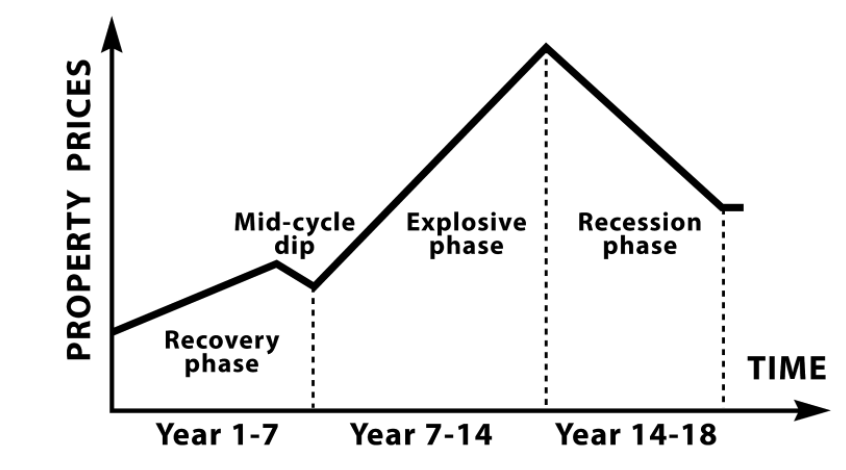Introduction
The real estate market in Pakistan is witnessing a groundbreaking transformation with the introduction of a pioneering concept – trading square feet. This innovative approach to property transactions is changing the game, offering a unique and flexible way for both buyers and sellers to navigate the real estate landscape. In this blog, we’ll explore the concept of trading square feet and how it’s shaping the future of property transactions in Pakistan.
The Square Feet Trading Platform
Traditionally, property transactions in Pakistan involved the buying or selling of entire properties. However, the square feet trading platform introduces a fresh perspective. Instead of dealing with complete properties, buyers and sellers can now engage in transactions centered around square footage.
Here’s how it works:
1. Buying Square Feet
Buyers have the exciting opportunity to invest in square feet across various properties and locations. This innovative approach allows individuals to diversify their real estate portfolios without committing to full property purchases. Whether you’re interested in residential spaces, commercial areas, or mixed-use developments, you can now buy square feet in the locations that align with your investment goals.
2. Selling Square Feet
For property owners in high-demand areas, this platform offers a unique avenue for monetization. Instead of selling the entire property, owners can choose to sell square feet to interested buyers while retaining ownership of the property. This flexibility allows for enhanced revenue generation and the ability to tap into a broader market.
Advantages of Trading Square Feet
The concept of trading square feet brings several compelling advantages to the Pakistani real estate market:
- Diversification: Investors can diversify their real estate holdings across different areas and property types without the need to purchase entire properties. This reduces risk and enhances portfolio resilience.
- Affordability: Investing in square feet can be more affordable than buying complete properties, making real estate investment accessible to a wider range of individuals.
- Liquidity: Square feet trading offers liquidity benefits. Investors can quickly sell their square footage holdings if the need for cash arises, providing financial flexibility.
- Transparency: The platform provides transparent pricing based on square footage, empowering buyers and sellers to make well-informed decisions.
- Efficiency: Trading square feet streamlines property transactions, reducing the time and costs typically associated with traditional real estate deals.













